Bitcoin Breaks $120,000: Will Institutional Capital and Policy Tailwinds Spark a New Surge?
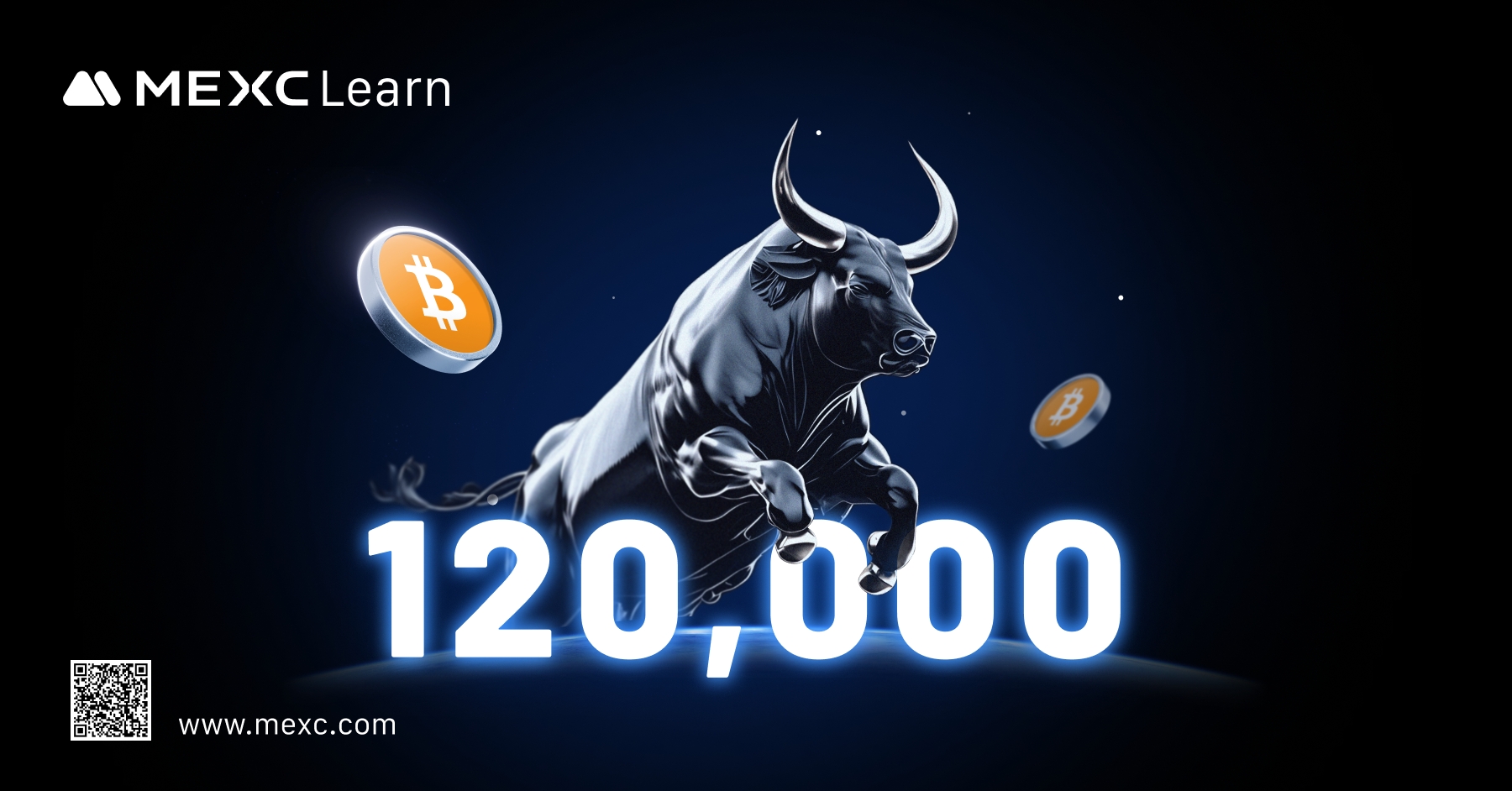
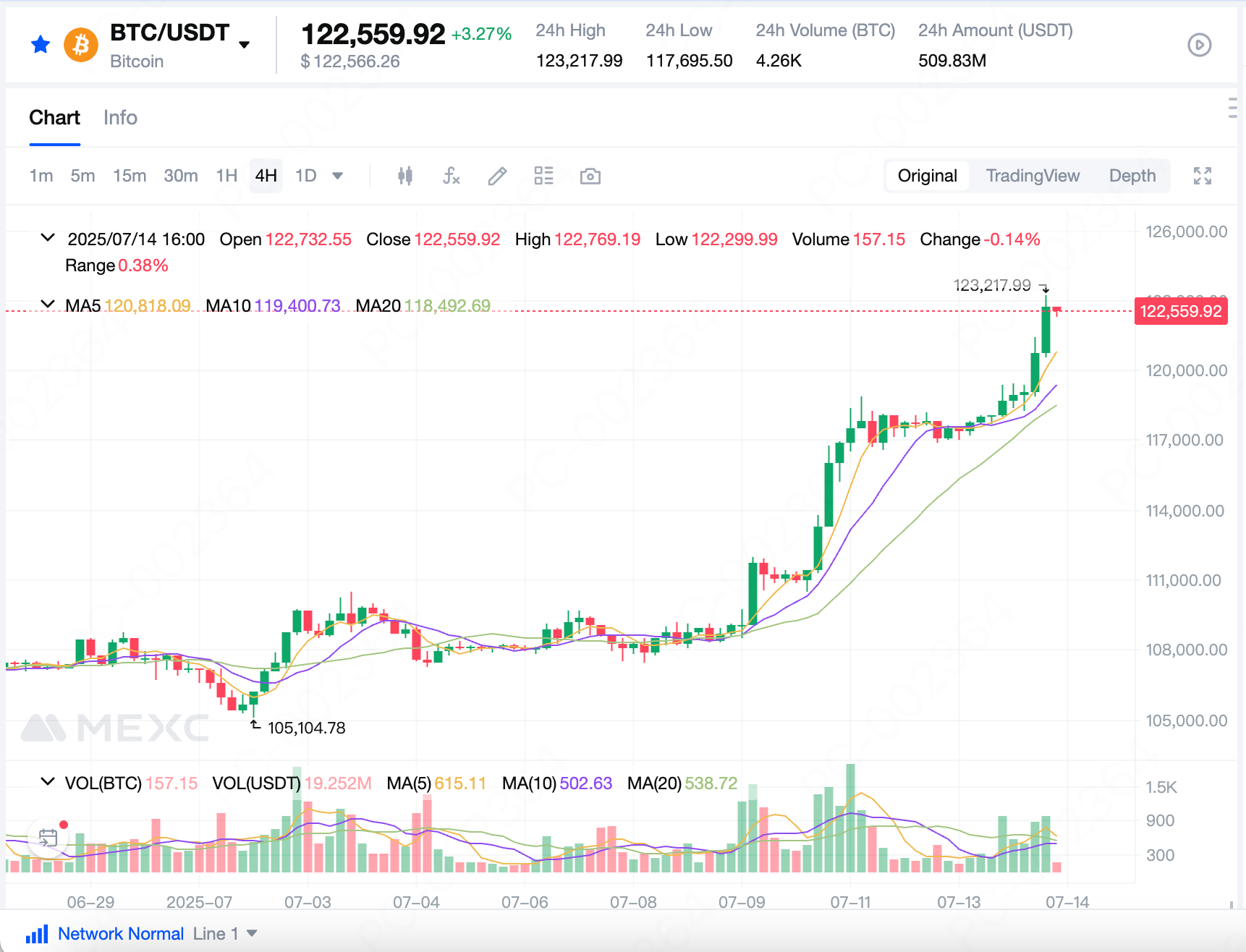
1.Bitcoin's Rally Is Not Just a Price Event, but a Revaluation
2. Institutional Buying Drives Price Action, ETFs Become the Entry Vehicle of Choice
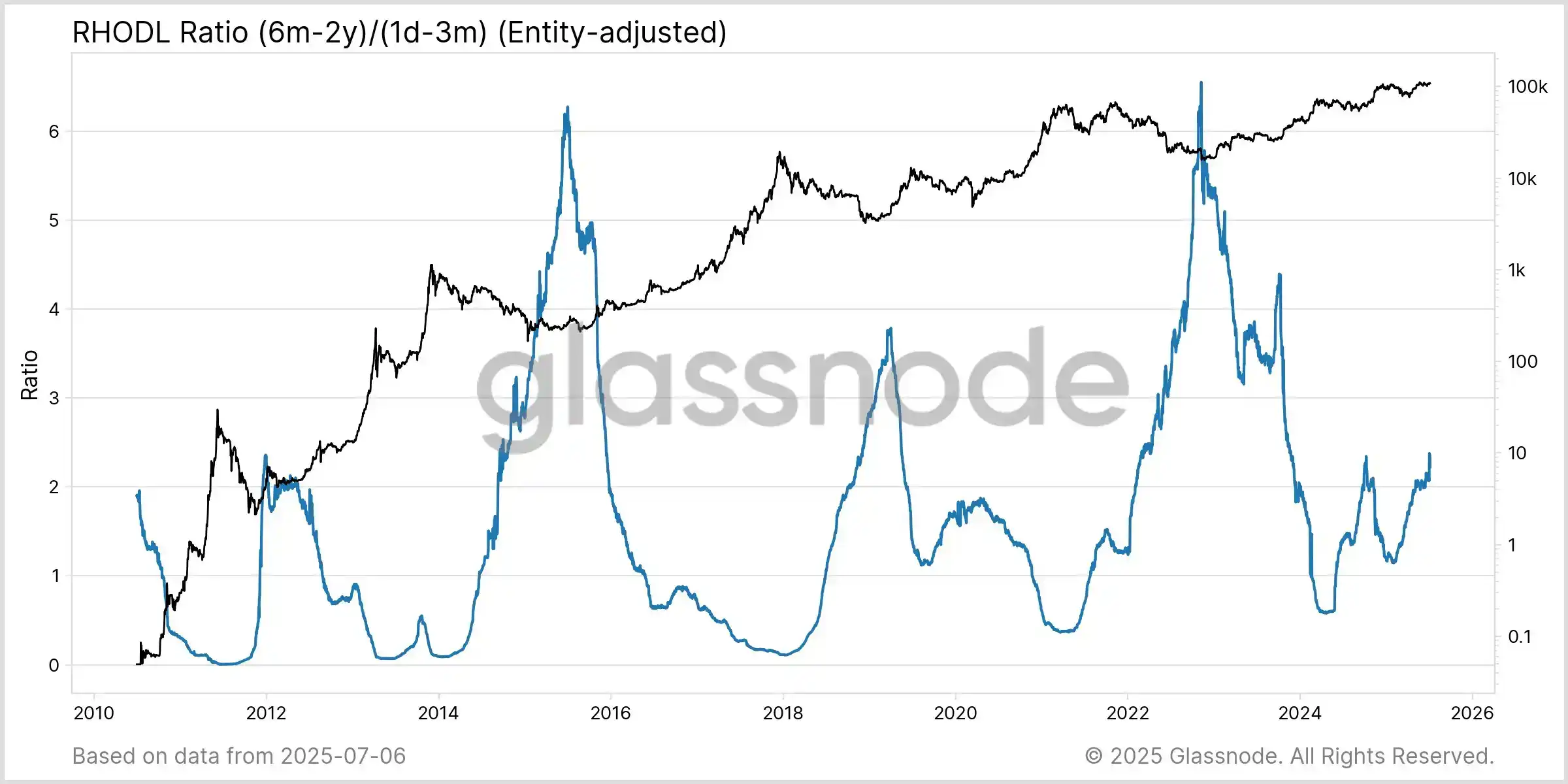
3. Companies Launch a Treasury Adoption Wave: Bitcoin Emerges as a New Type of Corporate Reserve Asset
4. Policy Warming and Greater Regulatory Clarity Strengthen Market Confidence
5. On-chain Data Confirms Structural Uptrend, Market Risk Appetite Rebounds
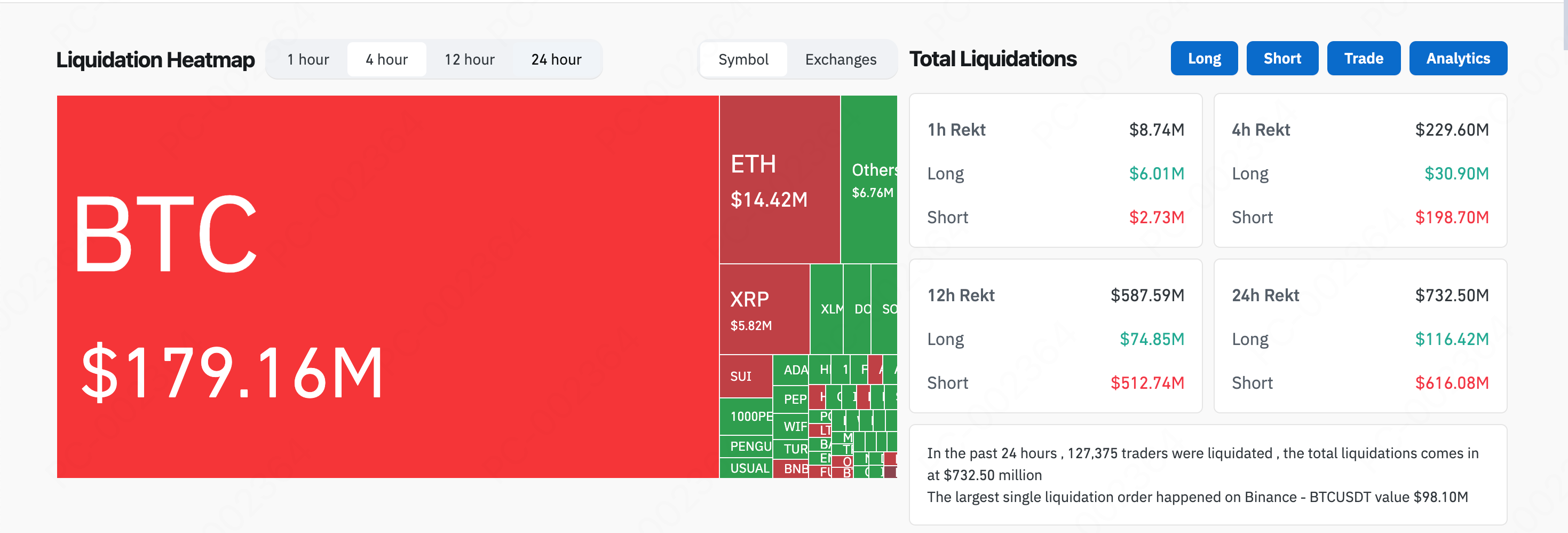
6. Conclusion: "Digital Gold" in a Complex Structure Still Has Room to Rise
Popular Articles
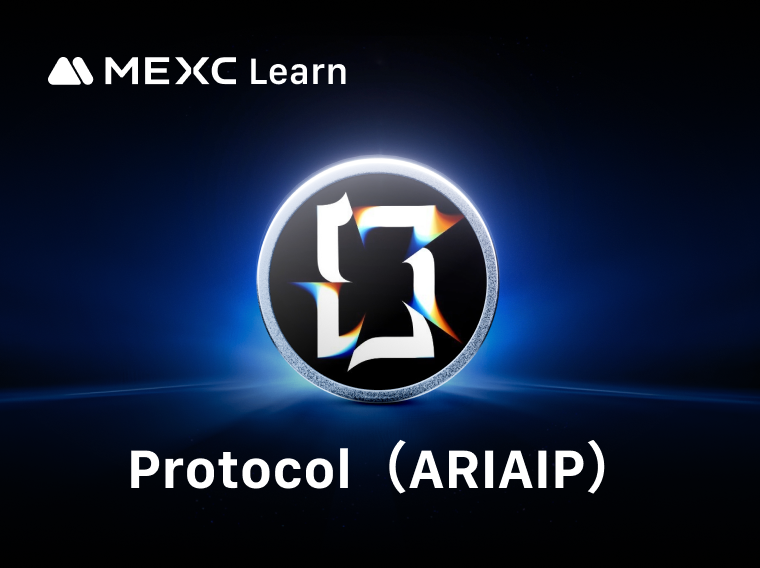
What is Aria Protocol(ARIAIP)? A Complete Guide to the First Web3 Protocol Tokenizing Music IP Rights
TL;DR1) Aria Protocol transforms music copyrights into tradable tokens, enabling retail investors to invest in IP assets that were previously limited to institutions.2) Aria Protocol has raised $10.95

Is Ethereum a Good Investment? Complete Analysis & Expert Guide
Ethereum just surged 50% in July 2025, climbing past $3,800 and catching the attention of investors worldwide. If you’re wondering whether Ethereum is worth your investment dollars right now, you’re n

Ethereum vs Bitcoin, Solana, Cardano, Polkadot, XRP, Litecoin, WETH : Complete Cryptocurrency Comparison Guide
Choosing between Ethereum and other cryptocurrencies can feel overwhelming. With Bitcoin hitting $119,469 and Ethereum trading at $4,273, investors are asking which digital asset offers the best oppor
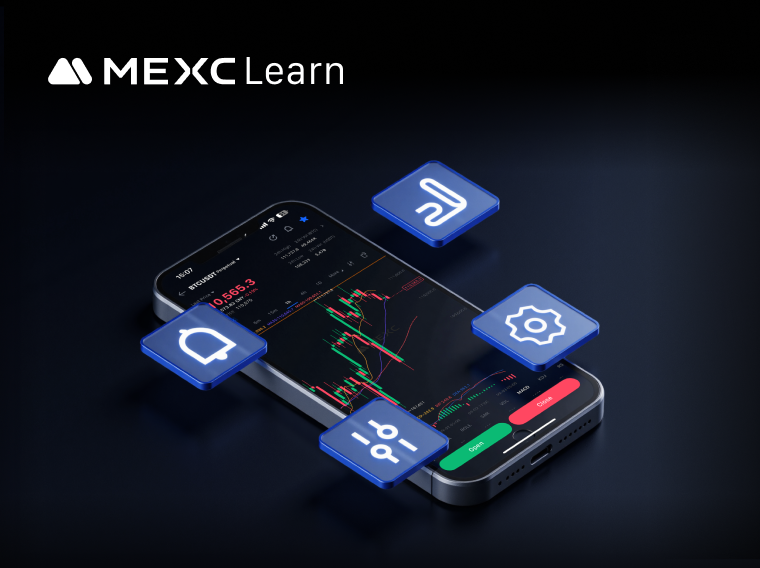
Master Key Features on the MEXC Futures Trading Page for a Smoother Experience
In the cryptocurrency market, Futures trading has become an important tool for many investors to improve capital efficiency and capture market opportunities, thanks to its features such as high levera
Hot Crypto Updates
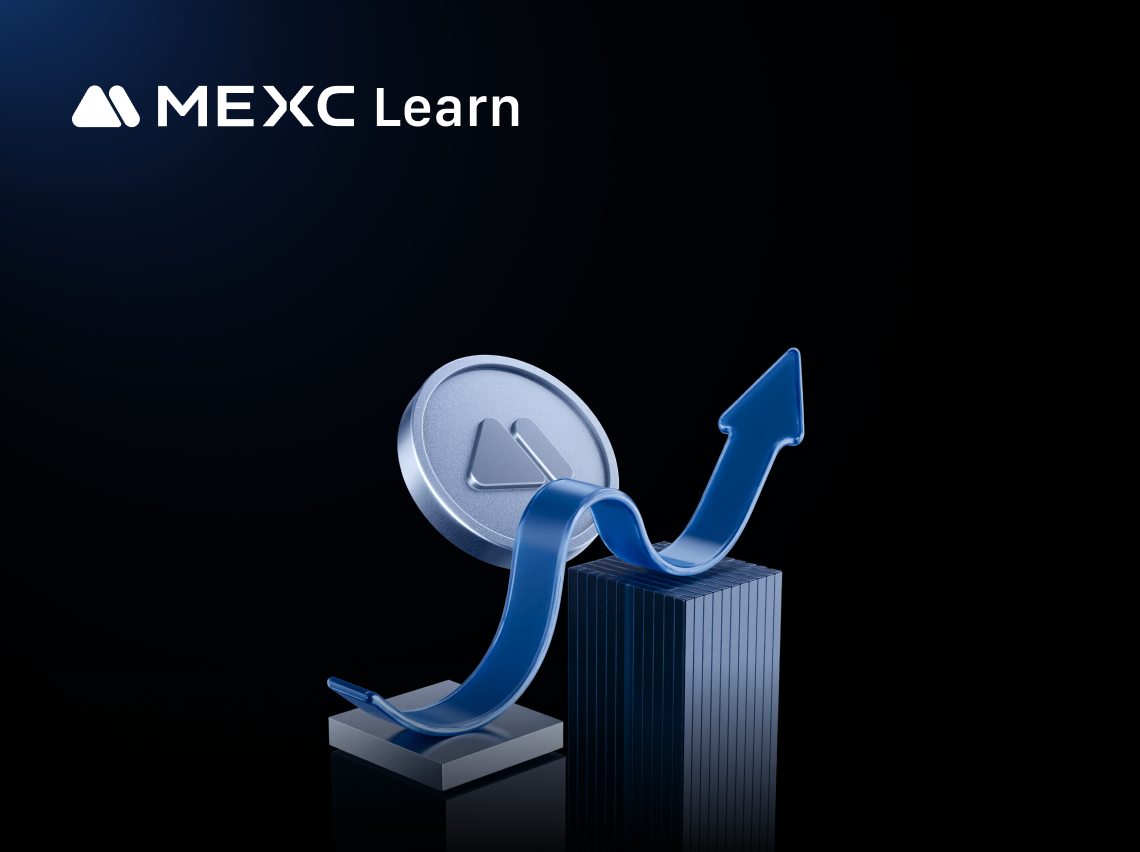
Bitcoin's Price Dynamics in 2025
Bitcoin's price dynamics in 2025 are shaped by a complex interplay of macroeconomic policies, inflation indicators, financial market behavior, and investor sentiment, driving significant volatility an
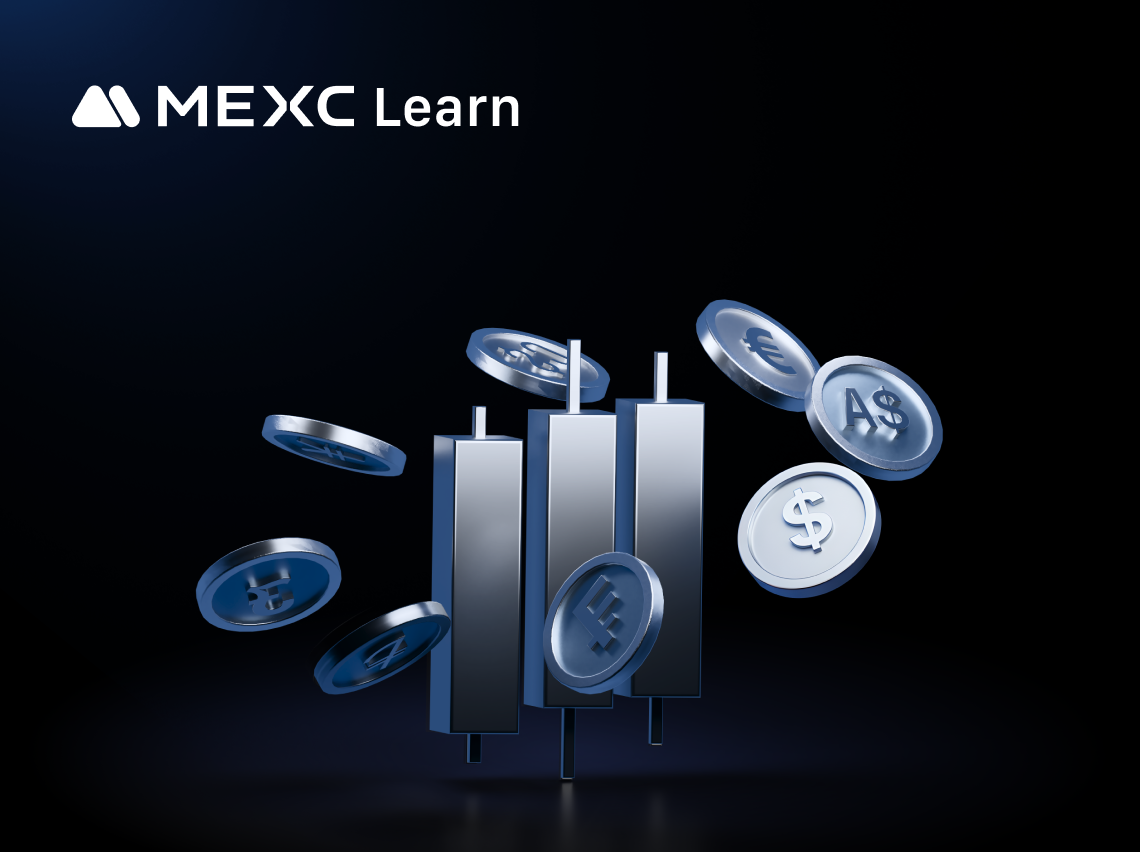
Ore (ORE) Futures Trading: Risks and Rewards
Introduction to Ore (ORE) Futures TradingOre (ORE) futures contracts allow traders to buy or sell ORE at a predetermined price at a future date without owning the actual tokens. Unlike spot trading, f

Ore (ORE) Bullish Price Prediction
Introduction to Bullish ORE OutlookOptimistic investors often look to bullish price predictions for Ore (ORE) to identify the coin's growth potential during favorable market cycles. A bullish outlook
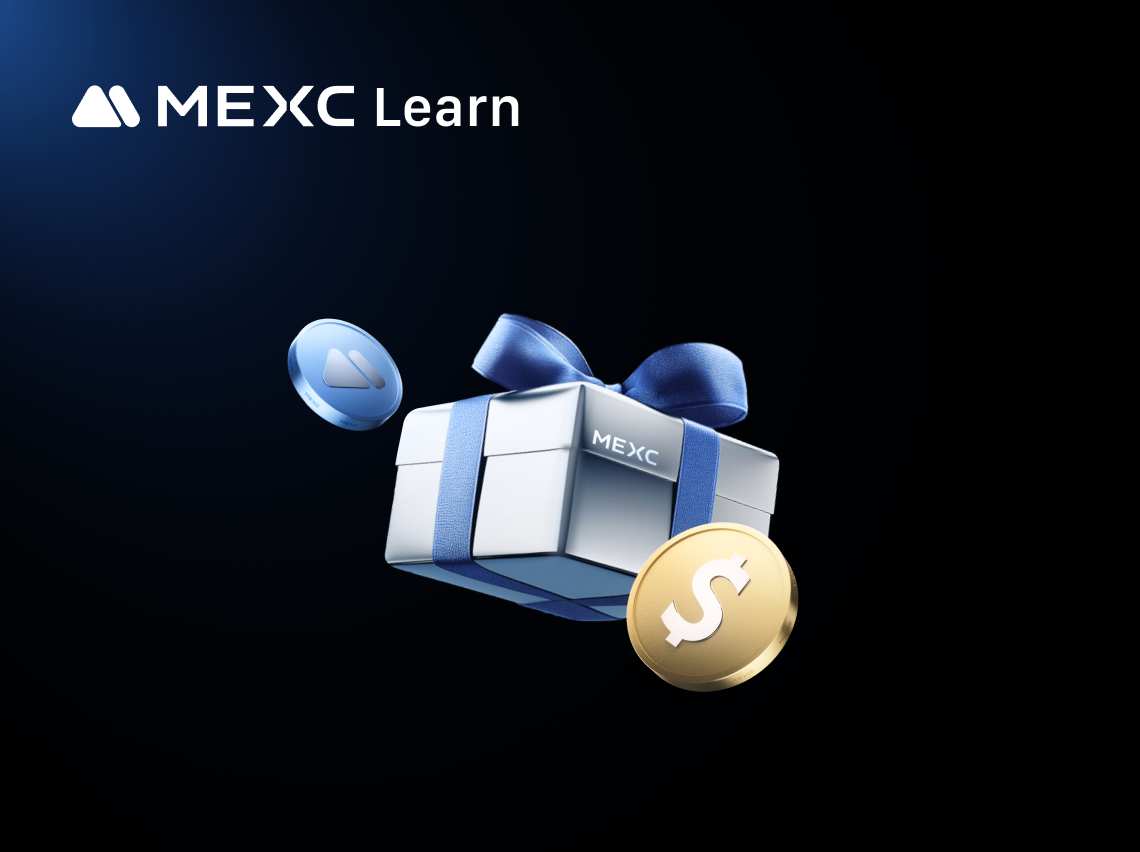
Avici (AVICI) MEXC Spot Trading Fee: Complete Guide for Beginners
Understanding MEXC spot trading fees is crucial when trading Avici (AVICI). MEXC operates on a maker-taker fee structure with 0% fees for makers and 0.05% fees for takers. This competitive fee structu
Trending News

Dormant Bitcoin Giant Stirs, Moves 1,000 BTC After Decade in Hiding
The post Dormant Bitcoin Giant Stirs, Moves 1,000 BTC After Decade in Hiding appeared on BitcoinEthereumNews.com. According to blockchain parsing data from btcparser.com, a pack of long-silent wallets

Shiba Inu Price Forecast: Why This New Trending Meme Coin Is Being Dubbed The New PEPE After Record Presale
While Shiba Inu (SHIB) continues to build its ecosystem and PEPE holds onto its viral roots, a new contender, Layer […] The post Shiba Inu Price Forecast: Why This New Trending Meme Coin Is Being Dubb

This year, approximately 4.64 million bitcoins have been transferred out of dormant wallets, worth over $500 billion.
PANews reported on November 10th that, according to Bitcoin.com News, on-chain analyst James Check shared data indicating that approximately 4.64 million BTC (worth over $500 billion) have been transf

Yield Basis will be migrated to an improved pool contract to correct fee allocation discrepancies.
PANews reported on November 10th that Yield Basis stated on its X platform that it has noticed a decline in the value of staked liquidity providers' Bitcoin-denominated assets during recent market vol
Related Articles

What is Aria Protocol(ARIAIP)? A Complete Guide to the First Web3 Protocol Tokenizing Music IP Rights
TL;DR1) Aria Protocol transforms music copyrights into tradable tokens, enabling retail investors to invest in IP assets that were previously limited to institutions.2) Aria Protocol has raised $10.95

Is Ethereum a Good Investment? Complete Analysis & Expert Guide
Ethereum just surged 50% in July 2025, climbing past $3,800 and catching the attention of investors worldwide. If you’re wondering whether Ethereum is worth your investment dollars right now, you’re n

Ethereum vs Bitcoin, Solana, Cardano, Polkadot, XRP, Litecoin, WETH : Complete Cryptocurrency Comparison Guide
Choosing between Ethereum and other cryptocurrencies can feel overwhelming. With Bitcoin hitting $119,469 and Ethereum trading at $4,273, investors are asking which digital asset offers the best oppor

Master Key Features on the MEXC Futures Trading Page for a Smoother Experience
In the cryptocurrency market, Futures trading has become an important tool for many investors to improve capital efficiency and capture market opportunities, thanks to its features such as high levera
